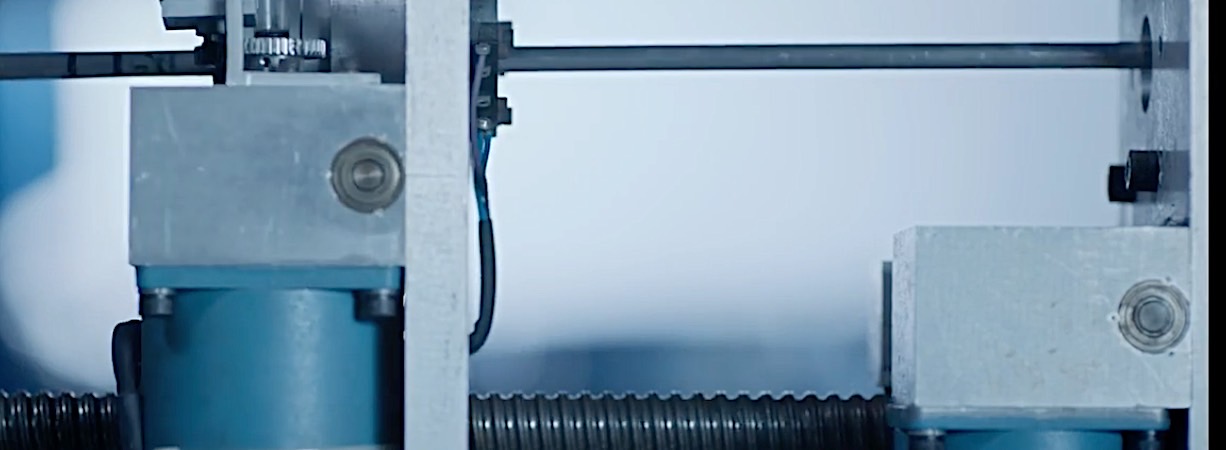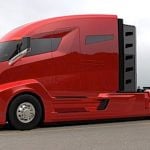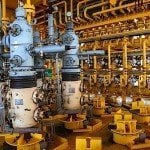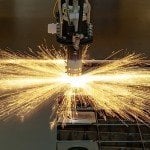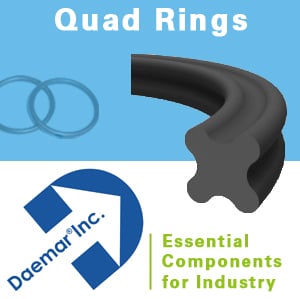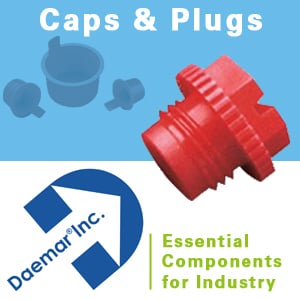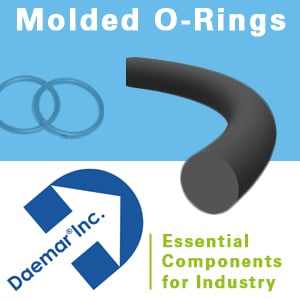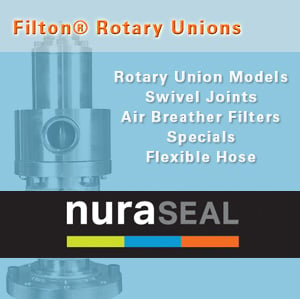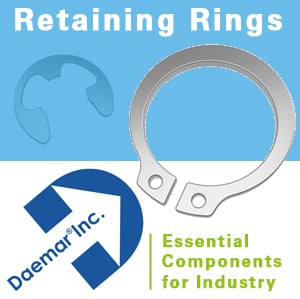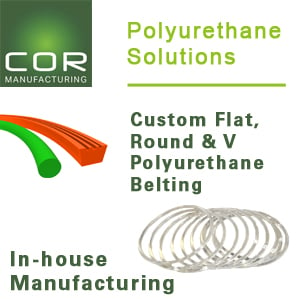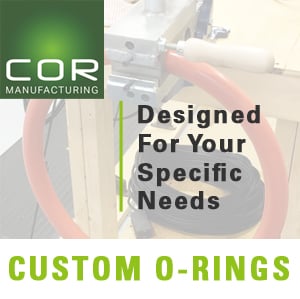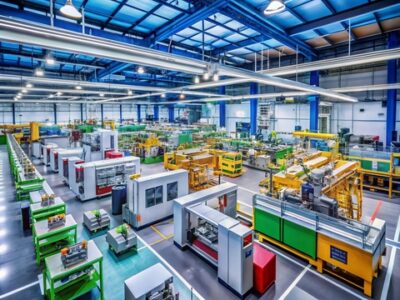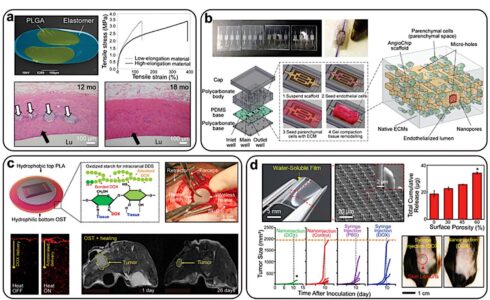GE Aerospace’s FAA-approved 3D-printed turbine shroud signals a new era in high-temperature component design, moving beyond the limits of casting and lay-up.
Certification of FAA Additively Manufactured
In a landmark move for aerospace propulsion and materials engineering, GE Aerospace has received Federal Aviation Administration (FAA) certification for a critical jet engine component manufactured not from a traditional nickel superalloy, but from a additively manufactured Ceramic Matrix Composite (CMC). This breakthrough, confirmed in a March 2025 announcement, pivots the industry from a decade of CMC development into a new phase of geometrical freedom and performance optimization previously constrained by conventional manufacturing.

The certified part, a turbine shroud for the GE9X engine—the powerplant for Boeing’s new 777X airliner—sits in the engine’s hottest section, containing and directing the 2,500°F+ combustion gases onto the turbine blades. Historically, such components are cast from single-crystal superalloys and require complex internal air-cooling channels, bleeding away precious high-pressure air from the core thrust-producing cycle.
The shift to a 3D-printed silicon carbide (SiC) CMC is more than a material substitution; it’s a systems-level redesign opportunity. They are now able to design with a material that is one-third the weight and can operate at temperatures 500°F higher than nickel alloys, while requiring significantly less cooling.
The Engineering Design Leap: From Constraints to Complexity
The core advantage of Additive Manufacturing (AM) in this space is its ability to create monolithic structures with intricate, topology-optimized internal geometries. Traditional CMCs are produced via polymer infiltration and pyrolysis (PIP) or chemical vapor infiltration (CVI) into a fiber preform, which limits design complexity.
With AM, engineers can now:
- Integrate Conformal Cooling: Design and print cooling channels that perfectly mirror the external part geometry, providing more efficient and uniform cooling than is possible with drilled holes in a casting.
- Create Functional Gradients: Vary the material’s density or composition within a single part, creating a tougher, more erosion-resistant exterior and a more porous, lightweight interior.
- Consolidate Assemblies: Redesign multi-part assemblies—such as a shroud segment and its hanger—into a single, integrated component, eliminating joints, reducing stress concentrations, and improving durability.
The Critical Hurdle: Certification of a Non-Metallic Process
The path to certification was the true engineering challenge. Unlike metals, which have well-understood fatigue and fracture mechanics, AM CMCs introduce new variables: print layer adhesion, sintering consistency, and the potential for micro-porosity.
“The qualification process demanded a new suite of non-destructive evaluation (NDE) techniques,” the engineer added. “We’ve moved beyond standard X-ray. Micro-CT scanning and resonant ultrasound spectroscopy are now critical to certifying the integrity of these complex, printed ceramic structures, ensuring they are free of the critical flaws that could lead to premature failure.”
Source and Context:
The breakthrough was officially reported in a GE Aerospace press release, covered in detail by the industry authority, Aviation Week & Space Technology.
- Primary Source: GE Aerospace. “GE Aerospace Achieves FAA Certification for First 3D-Printed CMC Jet Engine Part.” Press Release, March 18, 2025. https://www.geaerospace.com/commercial/aircraft-engines/catalyst
- Industry Coverage: Norris, G. “Printed Ceramics Break Barrier in GE9X.” Aviation Week & Space Technology, March 24, 2025 issue.
Implications for Design Engineers:
For engineering teams across aerospace, energy, and defense, this certification is a clarion call. The design rulebook for hot-section components is being rewritten. The focus is shifting from designing for manufacturability around the limits of casting and forging, to designing for ultimate performance using the geometrical freedom of AM. This opens the door for more efficient gas turbines, hypersonic vehicle thermal protection systems, and next-generation industrial turbines, all built around components that were literally impossible to make just years ago.

